Exploring Different Types of Drawing Mediums
Chosen theme: Exploring Different Types of Drawing Mediums. Dive into the textures, tools, and temperaments of graphite, charcoal, ink, colored pencils, pastels, markers, watercolor pencils, and digital drawing. Discover practical techniques, small studio legends, and field-tested tips to help you choose with confidence. Join the conversation, subscribe for more medium deep-dives, and tell us which tool your hand reaches for first.
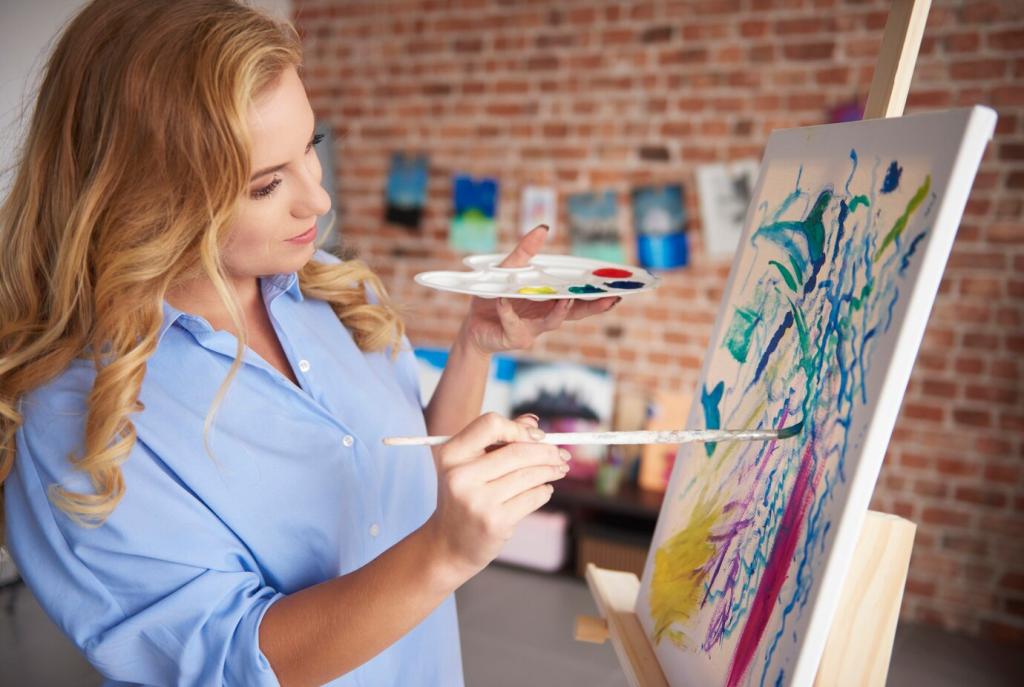
From Graphite to Charcoal: Understanding Dry Media
Graphite cores blend clay and carbon, shifting from hard H grades that hold crisp lines to velvety B grades that lay rich, darker values. Those glossy highlights? That’s graphite burnishing under pressure. Try lighter passes, build layers, and lift with a kneaded eraser. For archival calm, work on toothy paper and mist a workable fixative sparingly to tame smudge without flattening tone.
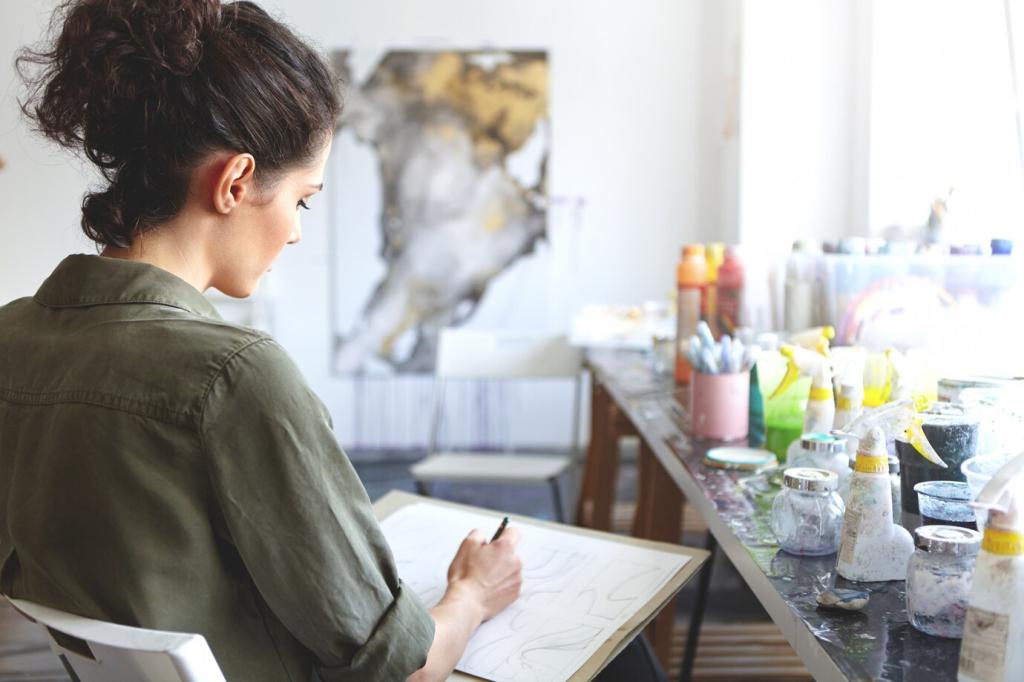
Ink, Line, and Legacy
Dip pens offer flexible nibs that sing with pressure changes, while fountain pens trade raw variety for portable reliability. Choose waterproof pigment ink for mixed media, or dye ink for brilliant flow and quick drying. Mind bleed-through on thin paper; test swatches save heartbreak. Keep a blotter handy, and don’t forget to clean feeds before clogs rewrite your afternoon plans.

Ink, Line, and Legacy
Brush pens capture gesture with gymnastic line weight, from hair-thin whispers to bold, velvety swaths. Felt tips give consistency; bristle tips unleash character. A comic artist once told me a whole scene unlocked when she swapped liners for a brush pen—the city suddenly breathed, and her character’s grin finally curved with livable charm. Try it, then tell us if yours sings too.
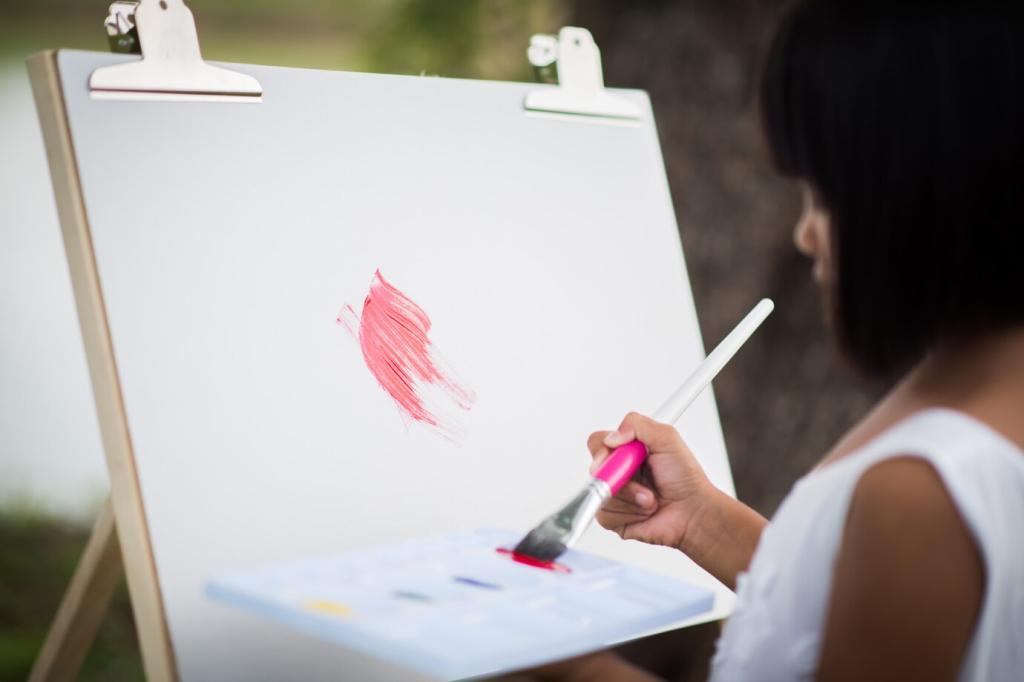
Colored Pencil Layering and Lightfastness
Wax-based colored pencils burnish into a satiny surface, while oil-based variants layer longer without wax bloom. Build color with gentle pressure, glaze complements to neutralize intensity, and burnish only at the end. Check ASTM lightfast ratings and rotate display pieces away from windows. A small swatch card in sunlight versus a drawer will teach you more than any product brochure.
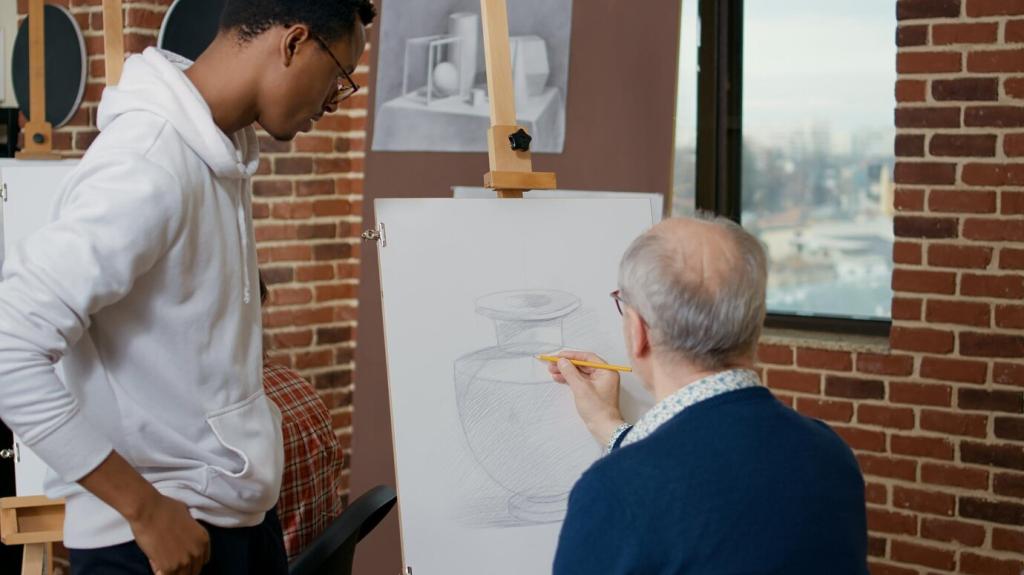
Soft vs Oil Pastels
Soft pastels crumble into airy pigment clouds that blend like velvet, perfect for atmospheric depth. Oil pastels skate buttery lines that resist smearing after a short set, ideal for bold memory marks. Use fixative carefully on soft pastels to avoid deadening color. For oil pastels, try gentle solvent blending with odorless mineral spirits on heavyweight paper. Share your smoothing tricks below.

Mixing Brands and Palettes
Combining brands unlocks texture variety—harder leads sketch structure, creamier sticks fill luminous passages. Try a limited triad challenge to train harmonious mixes and prevent color sprawl. I once painted an autumn street using only crimson, ultramarine, and yellow ochre pencils; the constraints sparked bolder composition. Post your limited palette results and the surprises they offered your process.
Markers and Alcohol Magic
Alcohol-Based vs Water-Based Choices
Alcohol markers like Copic or Ohuhu layer translucent tones and blend smoothly, but they bleed through many sketchbook pages. Water-based markers are gentler on paper and friendlier for line work, yet blend less seamlessly. Use a colorless blender for transitions, and slip a backing sheet under your page. Swatch undertones—cool reds and warm grays behave differently than their names suggest.
Streak-Free Techniques
Work wet-into-wet with overlapping strokes, moving steadily in a single direction to avoid hard edges. For larger areas, use circular motions, then glaze a lighter tone to unify. Reserve a chisel tip for flat fills and a brush tip for organic shapes. Scan line art at high resolution before coloring; it preserves crisp contours when layering heavy blends and creative textures.
Sketchbook and Paper Choices
Marker paper’s coating slows absorption, extending blend time and reducing feathering. Thin sheets may still show through, so isolate pages. Bristol smooth handles markers well, while mixed media papers buckle under heavy saturation. Keep a paper log with brand, weight, and results for each marker family. Share your favorite pairings so newcomers skip the painful, expensive testing phase.
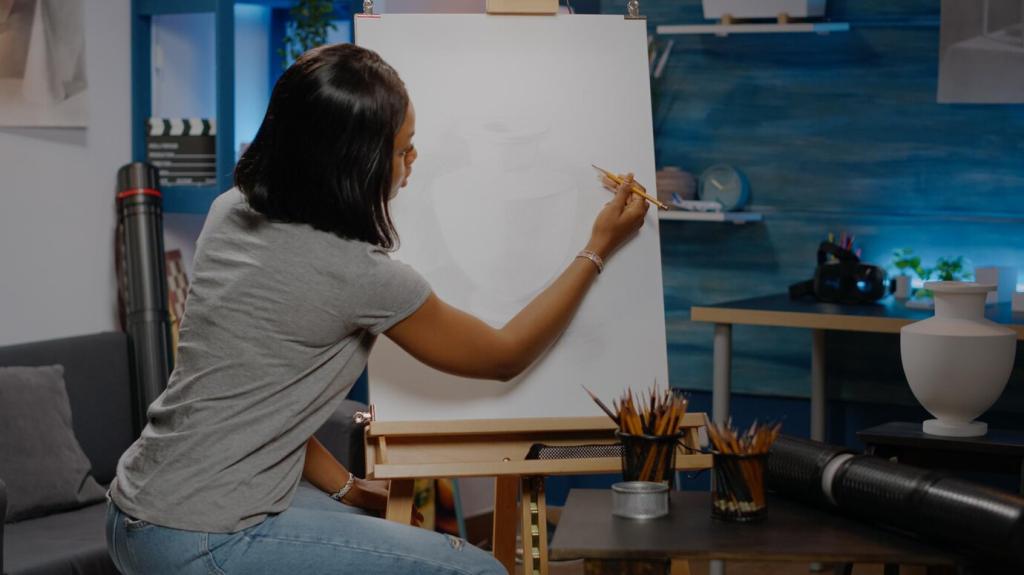
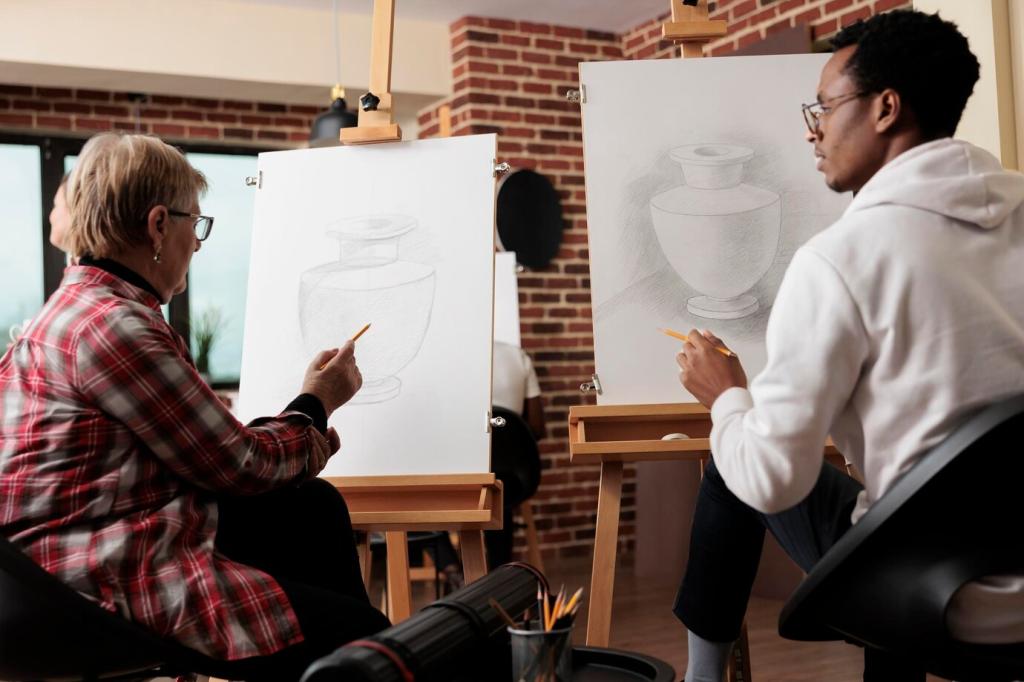
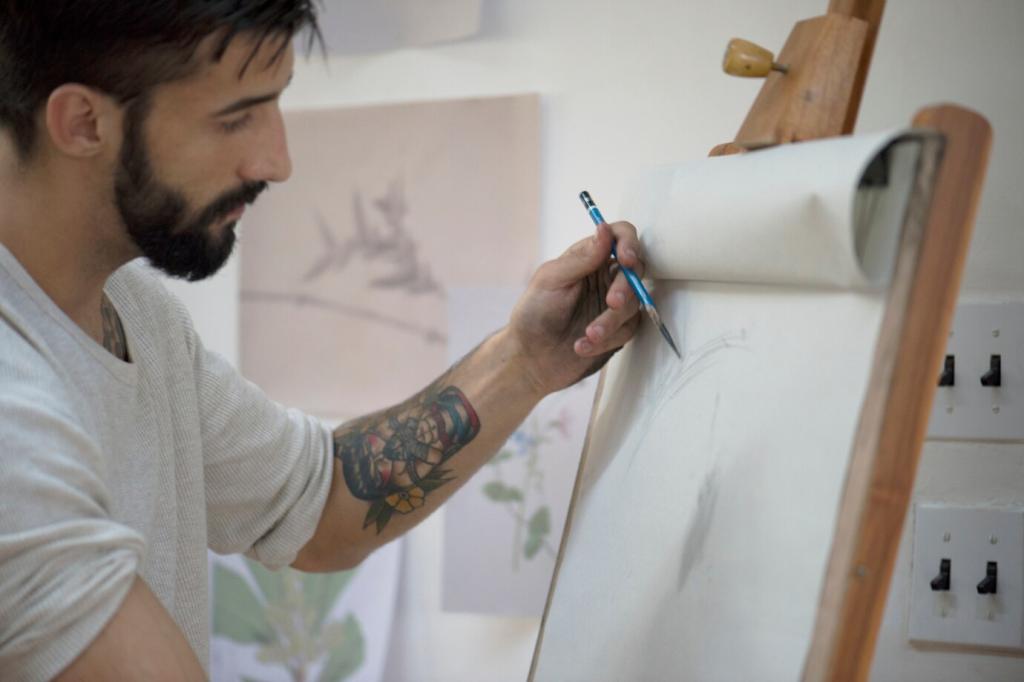
Digital Drawing as a Contemporary Medium
Tablets, Stylus, and Feel
Apple Pencil, Wacom EMR, and other styluses interpret pressure and tilt differently, affecting shading and line ramps. Matte screen protectors add tooth, taming slippery glass and improving control. Calibrate palm rejection, test nib textures, and map shortcuts for flow. A friend finally nailed their crosshatching rhythm after swapping to a rougher film—line confidence jumped overnight. What boosted yours?
Brush Engines and Layer Strategy
Explore brush settings for opacity, taper, and texture; try Multiply for shadows and Screen for highlights. Clipping masks preserve edges, while groups and color coding keep complex files readable. Aim for 300 DPI at print size, and export non-destructively. Keep a custom brush notes file; future you will thank present you when revisiting a style months later.
Analog Sensibility in Digital Work
Scan paper textures, charcoal rubbings, or ink splatters and overlay them subtly to warm clinical pixels. Use limited palettes and intentional imperfections—slight jitter, asymmetric hatching—to echo traditional charm. I once matched vine charcoal by combining a grainy brush with noise and soft eraser lifts. Share your favorite texture packs or homemade scans so others can nurture that tactile soul.
